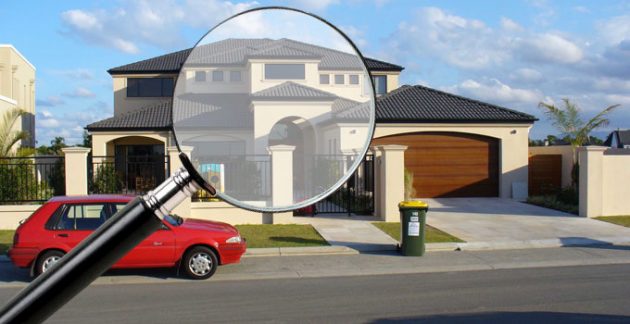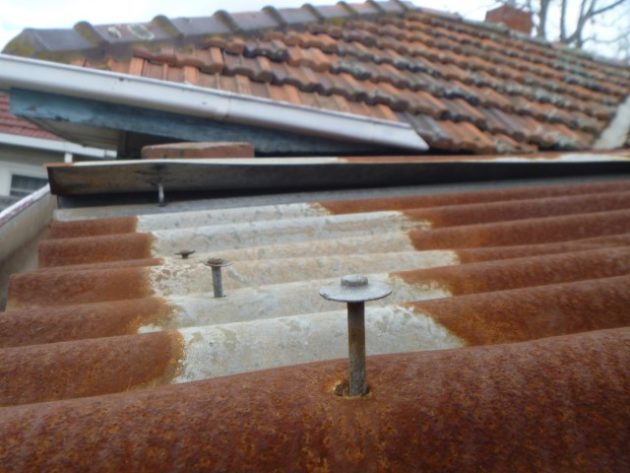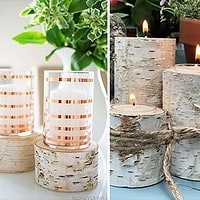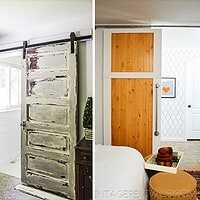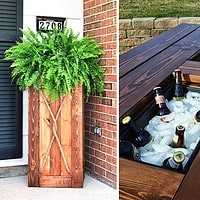When you purchase a new property, it is important to know what to look for and what to steer away from when it comes to building defects. The best way to do that is to get the services of a qualified home inspector who will ensure that the house does not hide expansive defects.
There are some signs that a house has serious defects and here are a few of them to help you identify them before you decide to purchase a house. Begin by looking at the roof. If it is not straight, it is a good indication that the house is not levelled and therefore not stable. If the roof is straight, but is in poor condition or has shingles missing, you could anticipate water infiltration or water damage in the attic.
Next, look at the gutters to see if they are hung properly and free from debris. It is easier to observe their efficiency in the rain as it will be obvious if water flows through the gutters properly or overflows around them. Inappropriate water drainage will create water infiltration and rotting wood. Rotted wood is an appealing meal for termites and other pests. If you see saw dust or rotting wood, be suspicious of the state of repair of the house.
On the exterior walls of the house, look for cracks and fissures in the brick or stucco. Their presence could indicate stability issues. Don’t forget to look at the foundation as well, crack in the foundation will inevitably lead to water infiltration and moisture in the walls. Check the windows to see if they are well maintained. If they seem askew or leak, you will need to inspect further. Then again, they might simply be old and need to be replaced. Either way, do not ignore the state of windows.
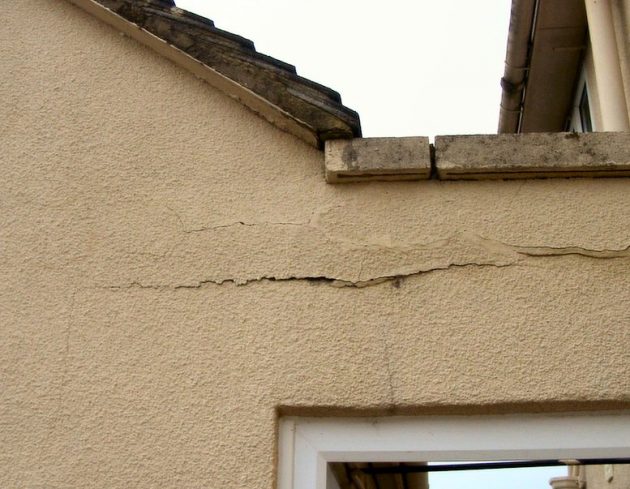
Inside the house, look at the flooring. Older wood floor might have gaps that are too wide to be safe, causing tripping hazard. Subfloor framing should also be examined to ensure it is not rotten and is properly ventilated to ensure that moisture escapes. Creaking floors are a good indication that improvements are needed.
Check the walls for cracks or stains. If paint is lifting at the bottom of walls, this could be the sign of rising dampness from an ill insulated exterior wall. Dampness in any room is concerning as it can lead to other issues like mold.
Finally, the last two areas to inspect are the electrical system and the plumbing. You might need experts to help you with these, consult sbdir.com.au to find a qualified house inspector. In the meantime, look at electrical outlets for signs of sparks and condition. To inspect the plumbing, you might have to look under sinks and in the basement.
When you purchase an older house, you expect to find some of the defects mentioned here, it is part for the course that an older house will be in need of some repairs. That should not be the case for newer constructions, but don’t be fooled, new houses also need to be inspected. Contractors sometimes cut corners to reduce costs and meet deadlines, make sure you know what you buy before sign the dotted line.

